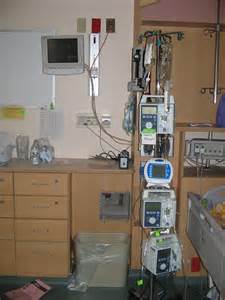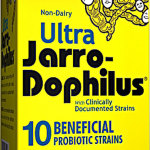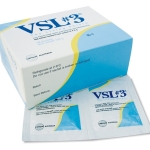The hospital is full of really sick people. I know, because I had an opportunity to work at the hospital this past week. (This is the same hospital I have worked at for over 18 years, though in recent years I am only there on-call.) Many years ago I was responsible for all the tube feeding and TPN (total parenteral nutrition) patients at this same hospital, especially in the ICU and surgical units.
This week’s workday in the hospital alerted me to the stark contrast between the desperately ill patients who require intensive care vs. the comparatively healthy outpatients I usually see.
As I stood in the ICU next to the patient’s bed and observed the multiple hanging bottles of antibiotics, it occurred to me… in the short term modern medicine is saving this person’s life from nasty bacteria. However, in the long term, multiple abdominal surgeries with several courses of antibiotics will change this patient’s gut microbiome for the rest of his/her life.
It’s good to go back and remind myself what really sick patients go through on the way to recovery. That said, what can we do after a stay in the hospital requires surgery and/or antibiotics? Good question. I say this calls for gut rehab.
What does gut rehab look like? First, meet with your physician or surgeon and tell them you want to re-establish the good bacteria in your gut. Ask them to refer you to a registered dietitian nutritionist (RDN) who specializes in intestinal diseases and disorders.
Then, work toward restoring a healthy microbiome:
- After this patient is released from the hospital, I would begin by making sure the patient is meeting basic energy (calorie) and protein needs.
- Take a liquid or chewable multiple vitamin for better absorption. If the patient had parts of their digestive system re-routed or removed, it may require targeted vitamin or mineral supplementation (such as extra calcium or iron if the duodenum is affected).

- Begin taking a probiotic supplement with multiple bacterial strains, such as VSL#3 or Jarro-dophilus or saccharomyces boulardii.

- Include fermented foods in the diet, such as yogurt (with live cultures), fermented vegetables like sauerkraut or kimchi, miso soup, or beverages such as buttermilk or kefir.
- Re-evaluate for improvement of symptoms such as diarrhea, gas, bloating, or pain.
- Consider trial of the low FODMAP diet if symptoms continue.